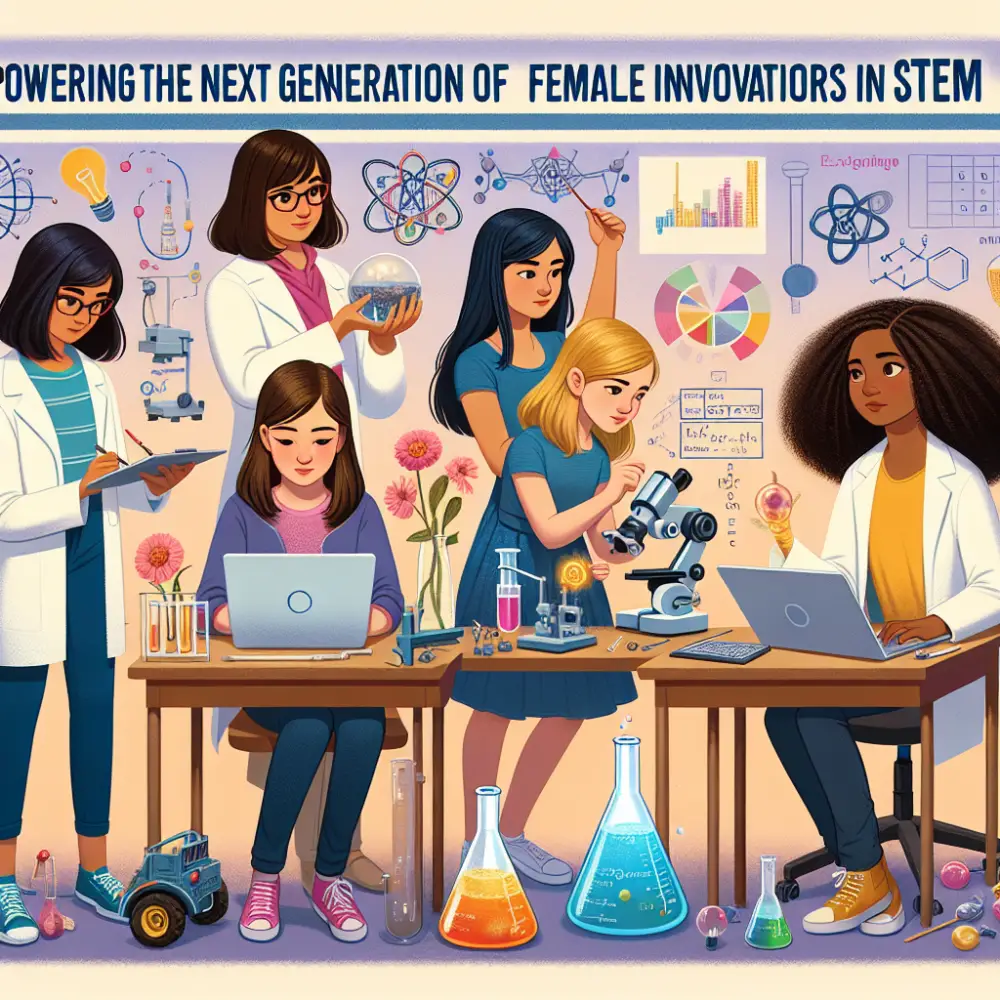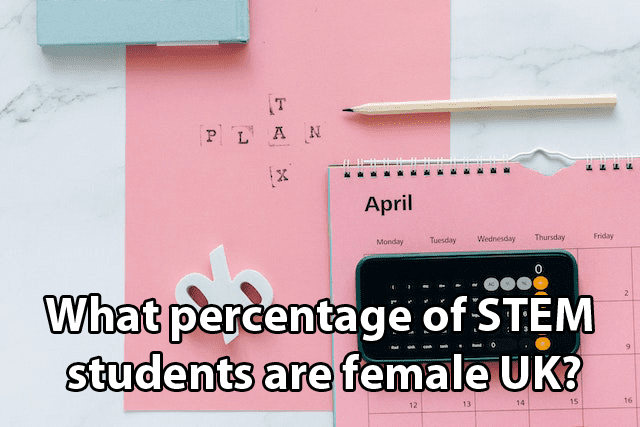
Empowering the Next Generation of Female Innovators in STEM
The importance of empowering the next generation of female innovators in Science, Technology, Engineering, and Mathematics (STEM) can’t be overstated. As we move further into the 21st century, it is crucial that we foster environments where young women feel encouraged, supported, and inspired to pursue careers in these fields. Tackling gender disparity in STEM could be the key to unlocking untapped potential and driving future innovations that benefit humanity.
Encouraging young women to pursue STEM careers begins with education and financial support. Programs like the "$250 Funding for Vocational Studies Support Program in Australia, 2024" provide crucial support for female students who might otherwise struggle to fund their education. This initiative helps reduce financial barriers, allowing more young women to explore vocational studies and, in turn, potentially influencing their choice to pursue a career in STEM fields.
In the United States, scholarship programs such as the "$22,000 Undergraduate Scholarships at The University of Alvernia, United States – 2021" also play a significant role in supporting female students. Such substantial financial aid can ease the burden of tuition costs, enabling young women to focus on their studies and achievements in STEM. Scholarships like these not only help in attracting female students to these fields but also retain them by providing financial security.
Mentorship is another critical factor in empowering the next generation of female innovators. Mentoring relationships provide guidance, support, and networking opportunities that can significantly impact career development. Female students who have access to strong mentors often feel more confident in their abilities and more motivated to overcome challenges. Schools and universities should encourage mentorship programs dedicated to pairing female students with experienced professionals in their field.
Additionally, creating female role models in STEM can inspire the next generation to follow suit. Highlighting the achievements of female scientists, engineers, and technologists in classrooms, media, and public forums can provide tangible examples of what is possible. When young girls see someone who looks like them achieving great things in STEM, it becomes easier to envision themselves in similar roles.
Providing hands-on learning experiences is essential to spark interest and develop skills in STEM fields. Many schools and educational programs now offer extracurricular activities such as coding clubs, science fairs, and robotics teams specifically aimed at young girls. These activities help to build practical skills and give students a sense of accomplishment. Encouraging girls to participate from a young age can significantly influence their future career choices.
Moreover, addressing stereotypes and biases about gender roles in STEM is critical. Unfortunately, many young women still encounter outdated beliefs that suggest they are less capable in STEM fields than their male counterparts. Schools and educators must actively work to dismantle these stereotypes by promoting inclusiveness and equality in the classroom.
Support from families and communities also plays a vital role. Parents and guardians should encourage their daughters’ interest in STEM subjects from an early age. Communities can support young women by offering local STEM events, workshops, and internships. The more exposure girls have to these fields, the more likely they are to consider a career in STEM.
Advocacy organizations like Girls Who Code, Women in Engineering ProActive Network (WEPAN), and the Association for Women in Science (AWIS) provide additional support and resources. These organizations aim to bridge gender gaps in STEM by offering educational programs, career resources, and advocacy. By joining such organizations, female students can connect with peers and professionals who share their interests and sustain their motivation.
Governments also have a role to play in empowering female innovators. Policies that support equal opportunities in education, mandate diversity in hiring practices, and fund research can create a more level playing field. Governments can also support initiatives that provide funding and scholarships, such as the "$250 Funding for Vocational Studies Support Program in Australia, 2024". These efforts can go a long way in fostering an inclusive environment where everyone has the opportunity to thrive.
In conclusion, empowering the next generation of female innovators in STEM requires a multifaceted approach. Financial support, mentorship, role models, hands-on learning, combating stereotypes, family and community backing, advocacy organizations, and government policies all contribute to creating a supportive environment. Through these efforts, we can ensure that young women have the encouragement and resources they need to pursue and excel in STEM careers. These investments will not only benefit the individuals but also drive progress and innovation in our society.


















